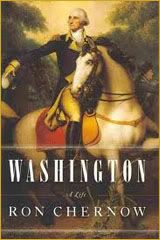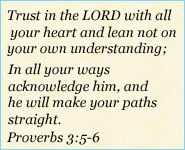And her role in future kings
 |
Land of Moab, 1795. William Blake.
The Book of Ruth is a short, four-chapter book of the Bible about a woman who leaves her own people to be with Naomi, the mother of her dead husband. Together they return to Naomi's people and God.
I was following a discussion on Ruth here at Passages on Christian Television Station, a weekly half-hour discussion on a passages from the Old Testament.
Last week, Dr. Reena Basser, formerly from Queens University, was making the argument that despite the quiet and gentle nature of the Book of Ruth, unlike the previous Book of Judges which was full of "grand actions", Ruth was still a woman of action.
She beautifully illustrates this by saying that Ruth's character is associated with "rapid fire" verbs where she does this, then that, then the other. Here, Basser is making a case for psychology not based on thought or even dialogue, but on physiology - movement, or type of movement. Ruth makes short, decisive movements. And these movements, or actions, indicate a direction - a goal or intent.
The examples she gives are in Ruth 2:3: "And she went, and came, and gleaned..." And again after Boaz has her come and eat in Ruth 2:14: "...and she did eat, and was sufficed, and left."
Basser also says that the Book of Ruth is a story of small gestures, as opposed to grandiose actions. Ruth doesn't organize an army, or proclaim the name of God to thousands, yet Basser equates Ruth's actions to those of Abraham's. I think she means by this the decisiveness and purposefulness of Ruth's actions have the same energy (or force) behind them as Abraham's.
Yet, this book of small gestures had Ruth as its protagonist. A woman of action and determination (she did follow Naomi to be with her people and her true God), who had the character to be the forebear of the great King David, and later on Christ himself.













